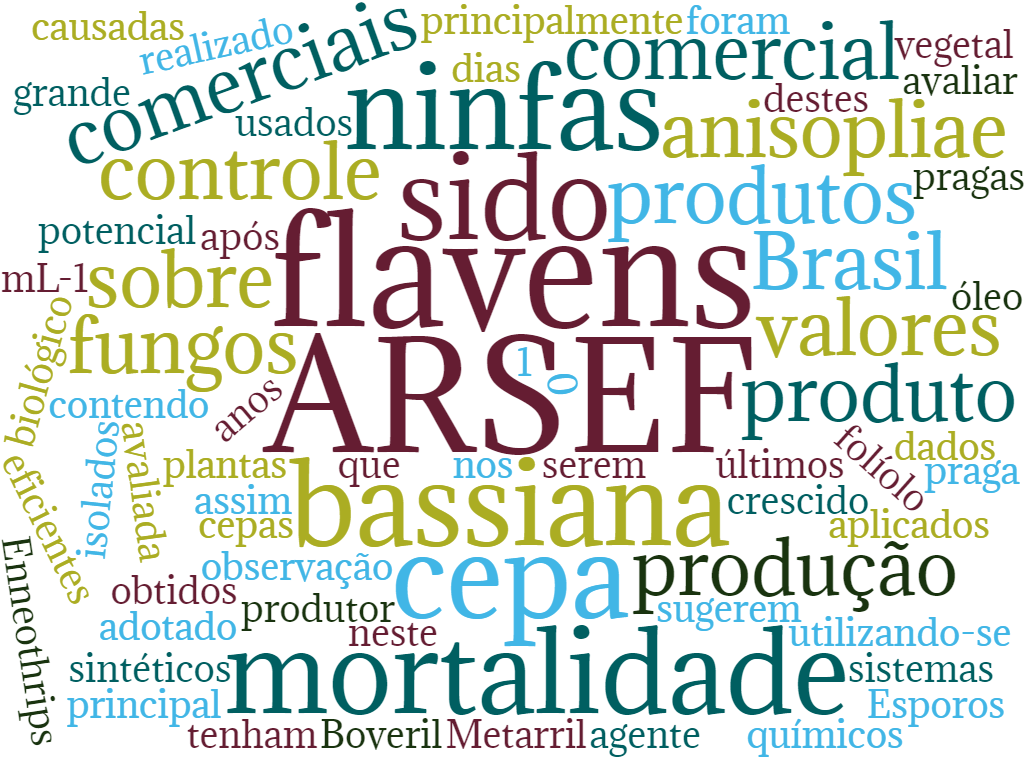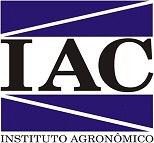Virulence of entomopathogenic fungi to Enneothrips flavens (Thysanoptera: Thripidae)
DOI:
https://doi.org/10.17648/sas.v1i2.94Keywords:
Peanut, Biological control, Thrips, Beauveria bassiana, Metarhizium anisopliaeAbstract
ABSTRACT
Brazil's importance as a peanut producer has grown in recent years mainly in the production of vegetable oil and by-products. Although producers have adopted more efficient production systems, the losses caused by pests have been a major problem. Enneothrips flavens have been the main pest of peanuts in Brazil. The control of E. flavens has been carried out using synthetic chemicals. The objective of this work was to evaluate the pathogenicity of fungi Beauveria bassiana and Metarhizium anisopliae from commercial products and from the UNESP / FCAV collection on E. flavens nymphs. Spores from these fungi, at a concentration of 108 mL-1, were applied to the peanut plant leaflet containing 10 E. flavens nymphs. Nymph mortality was assessed after 3, 5 and 7 days of observation. M. anisopliae (ARSEF 3293) and the commercial product strain (Metarril®) showed mortality values "‹"‹of 34% and 32%, respectively. The B. bassiana strain of the commercial product (Boveril®) and the B. bassiana strain (ARSEF 3288) presented mortality values "‹"‹of 76% and 44%, respectively. The data obtained in this work suggest that the isolates ARSEF 3293 and ARSEF 3288, as well as commercial strains, have the potential to be used as a biological control agent for E. flavens.
Downloads

Downloads
Published
How to Cite
Issue
Section
License
Autores concordam com os seguintes termos:
a) Os autores mantêm os direitos autorais e concedem à revista o direito de primeira publicação, com o trabalho simultaneamente licenciado sob a LicençaAttribution-NonCommercial-ShareAlike 4.0 International, que permite o compartilhamento do trabalho com reconhecimento da autoria e publicação inicial na Revista SAS. A licença permite o uso, a distribuição e a reprodução irrestrita, em qualquer meio, desde que devidamente citada a fonte. Essa licença permite também que outros remixem, adaptem e criem a partir do seu trabalho para fins não comerciais, desde que atribuam a você o devido crédito e que licenciem as novas criações sob termos idênticos.
b) Não cabe aos autores compensação financeira a qualquer título, por artigos ou resenhas publicados na South American Sciences.
c) Os conceitos expressos nos artigos publicados na South American Sciences são de inteira responsabilidade de seus autores.








